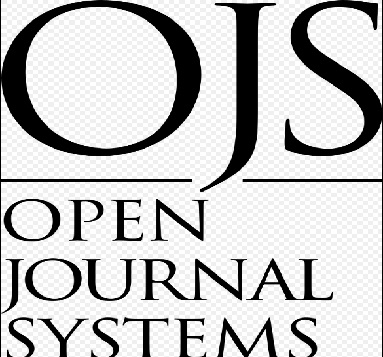Cross-Sectional Assessment of Pigeon-Associated Environmental Exposure Pathways and Their Potential Risk for Zoonotic Disease Transmission to Humans in Urban Areas of Sindh
DOI:
https://doi.org/10.63056/ACAD.004.02.0286Keywords:
Zoonotic diseases , pigeons , environmental exposure , urban health , Sindh , One Health , pathogen prevalence , public health riskAbstract
Urban pigeons (Columba livia domestica) are known reservoirs of multiple zoonotic pathogens, posing significant public health risks in densely populated cities. Sindh province, Pakistan, with its large urban centers, faces challenges related to pigeon-associated zoonoses, but comprehensive data on pathogen prevalence and human exposure remain limited.To evaluate the environmental exposure pathways associated with pigeons and assess their potential role in the transmission of zoonotic diseases to humans in urban areas of Sindh A cross-sectional study was conducted from January to June 2025 across eight major urban centers in Sindh. Biological samples from 246 pigeons and 150 environmental sites were collected and analyzed for zoonotic pathogens using molecular and microbiological techniques. Additionally, 300 human participants residing or working near pigeon habitats completed structured questionnaires assessing exposure and protective practices. Data were analyzed using descriptive statistics, chi-square tests, and logistic regression. Zoonotic pathogens were detected in 15.4% (Chlamydia psittaci), 20.3% (Salmonella spp.), 12.2% (Cryptococcus neoformans), and 26.4% (intestinal parasites) of pigeon samples. Environmental contamination was similarly prevalent. Karachi exhibited the highest pathogen prevalence. Human exposure was widespread, with 43.3% reporting direct contact with pigeons and 73.3% reporting pigeon droppings in their environment, yet only 16.7% used protective measures. Significant associations were found between exposure variables and respiratory symptoms (p < 0.01). Urban pigeons in Sindh harbor diverse zoonotic pathogens, and human populations are frequently exposed through multiple environmental pathways. Low adoption of protective behaviors underscores the need for integrated One Health interventions, including public education, environmental sanitation, and pigeon population management to mitigate zoonotic disease risks.
Downloads
Published
Issue
Section
License
Copyright (c) 2025 Dr Syed Haseem Latif, Muhammad Tahir Akram, Devyani Tehlwani, Komal Jhamandas, Dr Syed Muhammad Zia Raza, Dr. Maha Nisar (Author)

This work is licensed under a Creative Commons Attribution 4.0 International License.















